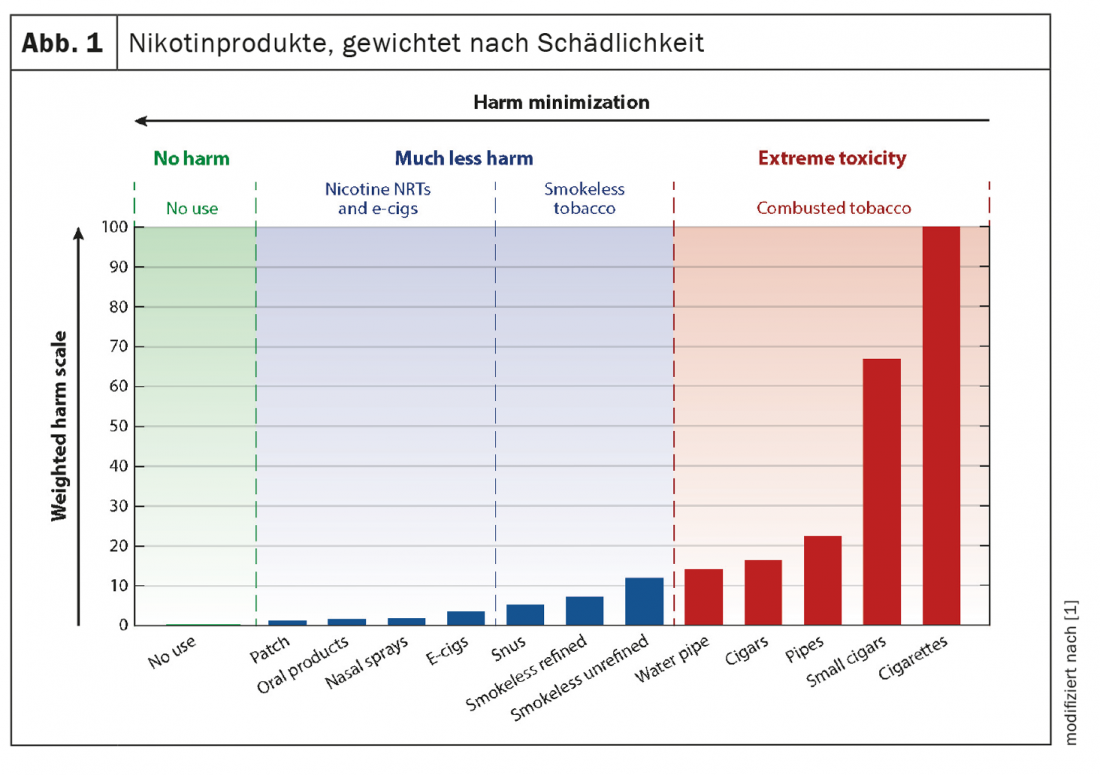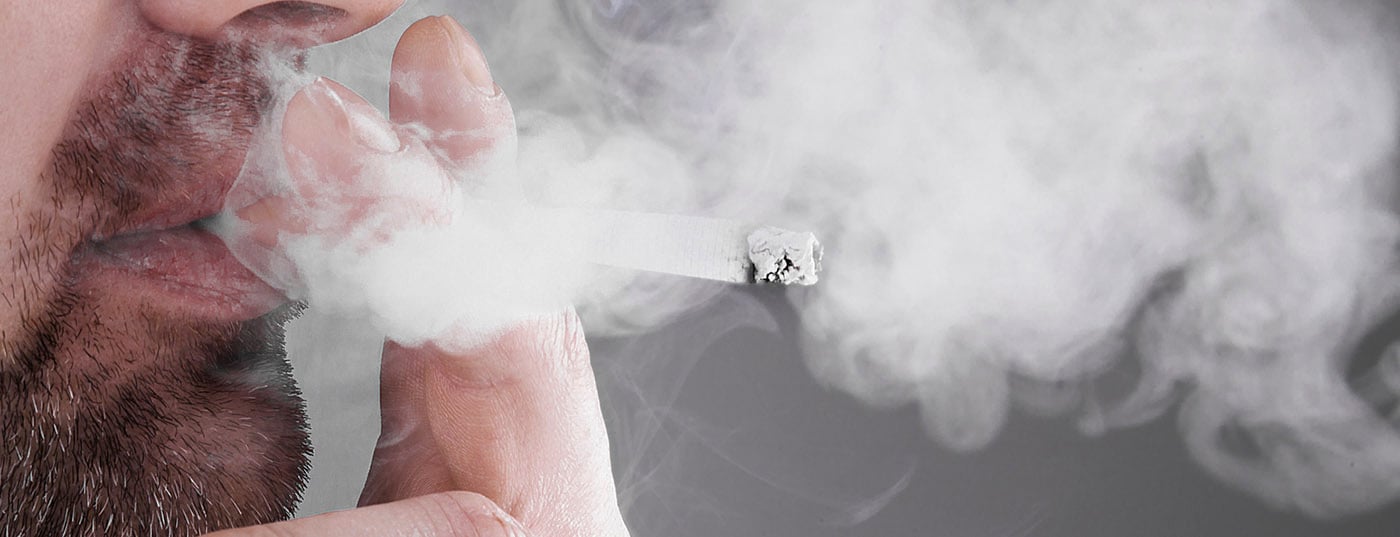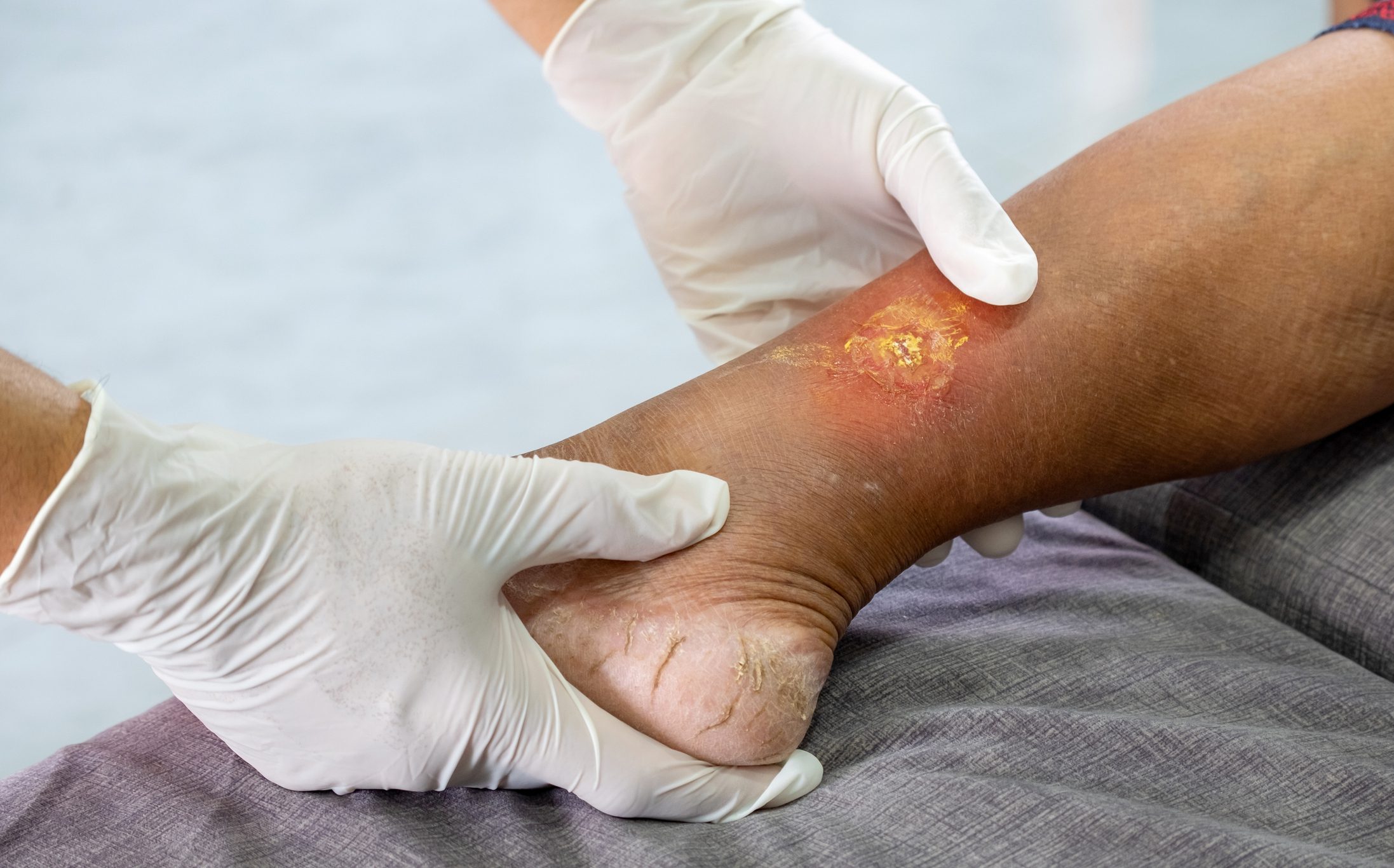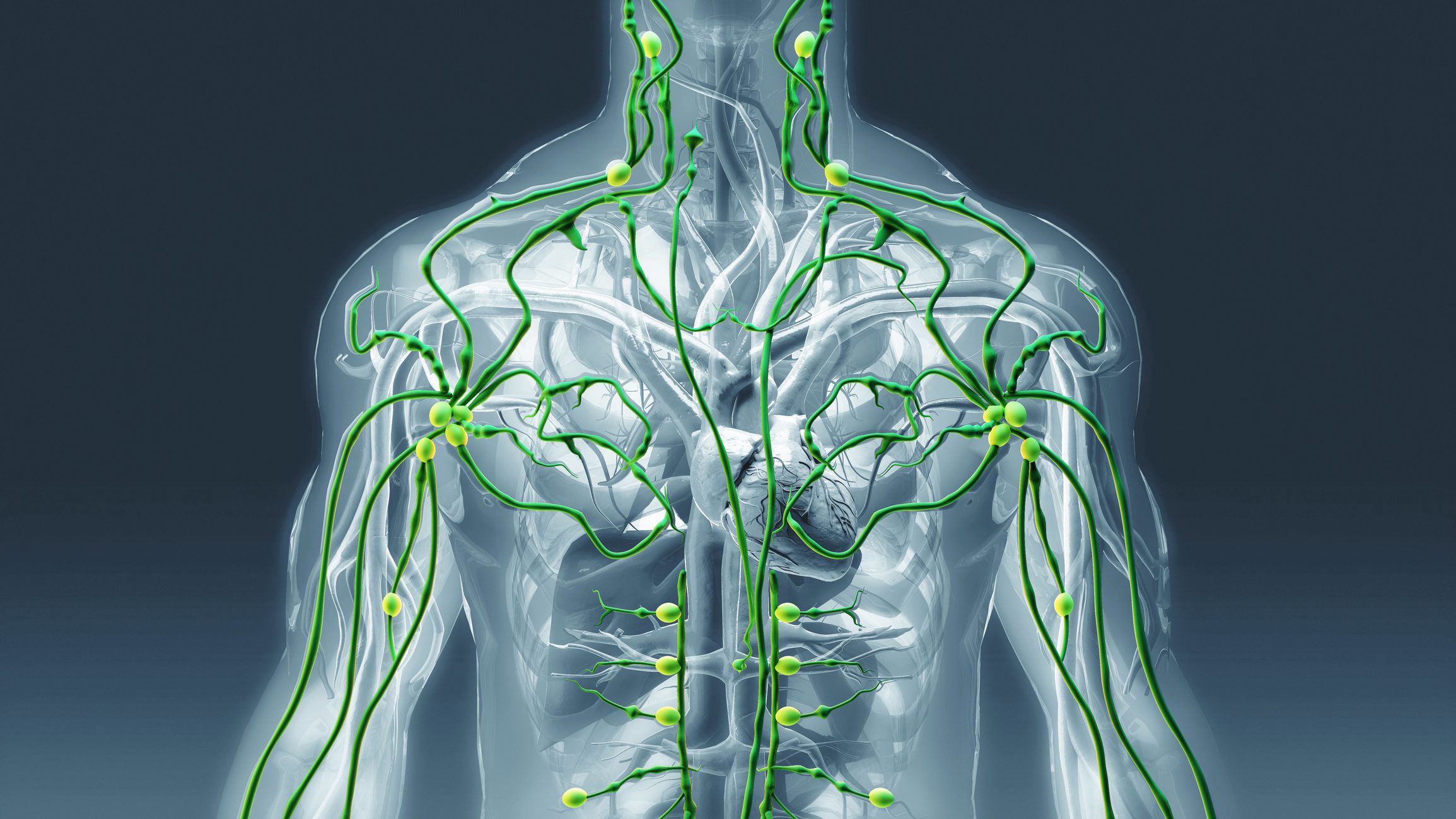Smoking is addictive – that is common knowledge. It is equally well known that quitting smoking is anything but easy. Meanwhile, there are many different ways to quit smoking. Alternative products to traditional cigarettes are also available on the market. We explore the questions, what is the impact of the introduction of the Tobacco Heating System? Do smoke-free products affect cigarette sales? And are there changes in the trend of hospitalizations for conditions such as chronic obstructive pulmonary disease?
For smokers who want to get away from conventional cigarettes or are looking for a less harmful alternative, e-cigarettes and tobacco heaters (Tobacco Heating System) have been available for some time. Even though both products are often lumped together, they are fundamentally different from each other. The only thing they have in common is that they are battery operated, generate an aerosol and do not produce ash. The main difference is that e-cigarettes vaporize liquids that are flavored and contain only nicotine extracted from the tobacco plant. Tobacco heaters, on the other hand, use a specially designed tobacco stick with real tobacco. This is heated to a precisely controlled temperature range of up to a maximum of 350°C by a patented heating system. This temperature is well below the range of combustion. The number and quantity of harmful chemicals are thus reduced compared to cigarette smoke (Fig. 1) [1].

Smoke – a complex mixture
Cigarette smoke is a complex mixture of more than 6000 chemical substances. More than 100 of them are considered harmful or potentially harmful. The Tobacco Heating System (THS) does not produce smoke, but tobacco vapor. This technology releases on average 95% less harmful chemicals, compared to conventional cigarettes [2]. This creates a nicotine-containing tobacco aerosol with the taste of real tobacco. The consumption time is about the same as a conventional “cigarette length” of six minutes [3].
The THS (IQOS)available in Switzerland is the most extensively scientifically studied tobacco heater to date. A German study by the Federal Institute for Risk Assessment concluded that “the aerosols of two tobacco heating systems contain 80-95% less aldehydes and 97-99% less volatile organic toxins compared to cigarettes” [4]. In contrast, nicotine concentration was comparable in all aerosols. This is significant in that no excessive use of tobacco heaters can be assumed to compensate for a lack of nicotine use.
Alternative smoking products and their effects
A lot has happened since the first tobacco heaters hit the market in 2015. The introduction of smoking alternatives had a great impact on both society and the individual. Different questions were investigated and evaluated using real-world data. In Japan, it has been shown that sales of conventional cigarettes already declined after a price increase, but the decline then accelerated significantly after the introduction of tobacco heaters [5,6]. A similar development is emerging in South Korea and could also be observed in the Czech Republic. From 2010 to 2018, sales of conventional cigarettes remained stable. This changed from October 2018 and then again in 2021 after tobacco heaters became available and their sales increased [6].
The accelerated decline in cigarette sales in Japan after 2016 is quite remarkable, as it appears to have occurred independently of efforts by health authorities, who have largely opposed the marketing of HTPs [5].
Hospitalizations and COPD in focus
The paragraph suggests that some smokers have switched to tobacco heaters. Does this change also have an impact on their health? This was investigated in a time-trend analysis using the Japanese Medical Data Center (JMDC) database [7]. The number of hospitalizations for chronic obstructive pulmonary disease (COPD) exacerbations and acute ischemic heart disease (IHD) five years before and four years after the introduction of HTPs in the Japanese market was analyzed. Between 2010 and 2019, the total number of hospitalizations increased 8.42-fold (from 53,481 in 2010 to 450,761 in 2019). The average number of hospitalizations due to COPD was 1.93% of total hospitalizations, with a fluctuating trend from 1.83% in 2013 to 2.08% in 2016 to 1.82% in 2019. The average number of hospitalizations due to IHD was 4.32%. It decreased from 4.49% in 2016 to 4.02% in 2019.
This analysis confirms that the introduction of HTPs in the Japanese market was associated with a decrease in hospitalizations for COPD (Fig. 2) . A significant decrease in the number of hospitalizations for COPD was observed. In addition, a nonsignificant reduction for hospitalizations due to COPD exacerbation plus LRTIs and IHD was observed after implementation when all performance data were analyzed.
Harm reduction: Good for health
Despite all the smoking cessation measures, the number of smokers is expected to increase to over one billion people worldwide in the next few years [8]. In the meantime, 65% of the world’s population has been reached by at least one measure. And quitting smoking benefits your health. Tobacco cessation can be expected to help return heart rate, blood pressure, and blood carbon monoxide levels to normal in as little as one day [9]. Cough and shortness of breath generally decrease within 1-9 months after smoking cessation. In addition, study results suggest that the risk of dying from ischemic myocardial infarction is halved within 5 years of quitting and the risk of stroke is reduced to that of a never smoker within 5 to 15 years [9]. Accordingly, it remains undisputed that a complete smoking cessation would be the best decision. However, not every smoker is ready for this or it is not possible for them to take this step. Against the background of the first real-world data, it should therefore be considered whether the new products such as tobacco heaters might not then be a good alternative to conventional cigarettes in terms of harm reduction.
Literature:
- Abrams DB, Glasser AM, Pearson JL, et al: Harm Minimization and Tobacco Control: Reframing Societal Views of Nicotine Use to Rapidly Save Lives. Annu Rev Public Health 2018; 39: 193-213.
- www.iqos.com/de/de/iqos-forschung.html (last accessed 10/26/2022)
- www.iqos.com/de/de/tabakerhitzer-entdecken.html (last accessed 10/26/2022)
- Mallock N, Böss L, Burk R, et al: Levels of selected analytes in the emissions of “heat not burn” tobacco products that are relevant to assess human health risks. Archives of Toxicology 2018; 92:2145-2149.
- Cummings KM, Nahhas GJ, Sweanor DT: What Is Accounting for the Rapid Decline in Cigarette Sales in Japan? Int J Environ Res Public Health 2020; 17: 3570.
- Van der Plas A, Antunes M, Romero-Kauss A, et al: Ischemic Heart Disease and Chronic Obstructive Pulmonary Disease Hospitalizations in Japan Before and After the Introduction of a Heated Tobacco Product Front Public Health 2022; 10: 909459.
- https://en.mdv.co.jp on January 13, 2021
- www.who.int/news/item/05-02-2020-e-cigarettes-are-harmful-to-health (last accessed on 01.11.2022)
- www.who.int/news-room/questions-and-answers/item/tobacco-health-benefits-of-smoking-cessation (last accessed on 01.11.2022)
HAUSARZT PRAXIS 2022; 17(11): 24-25













